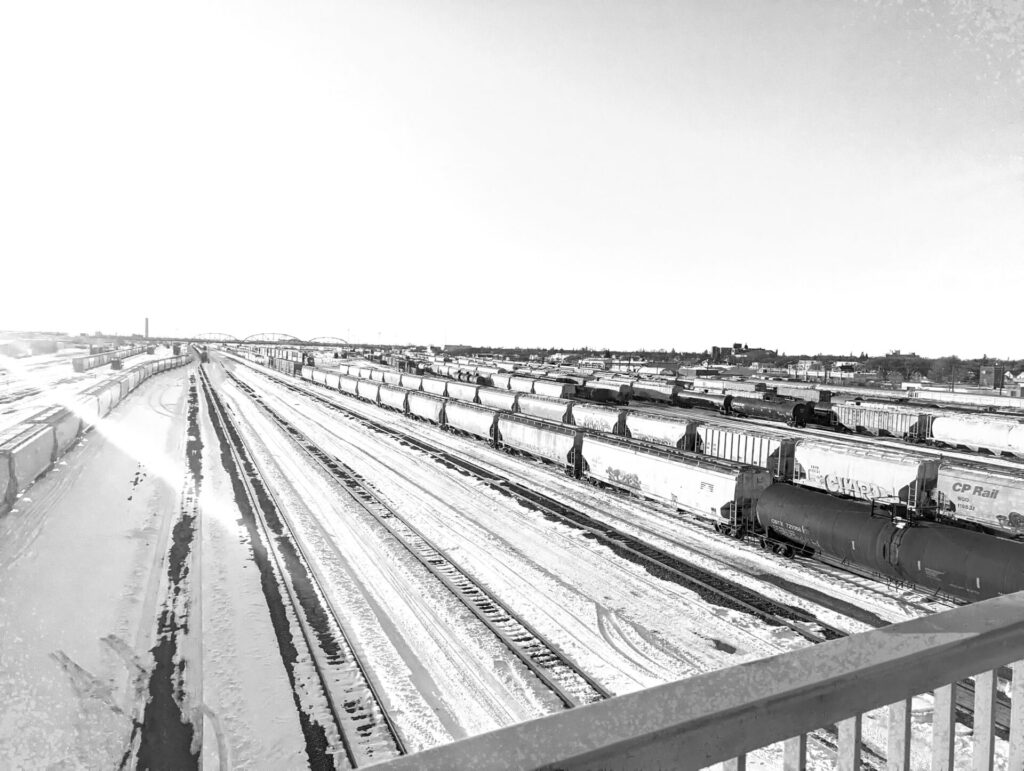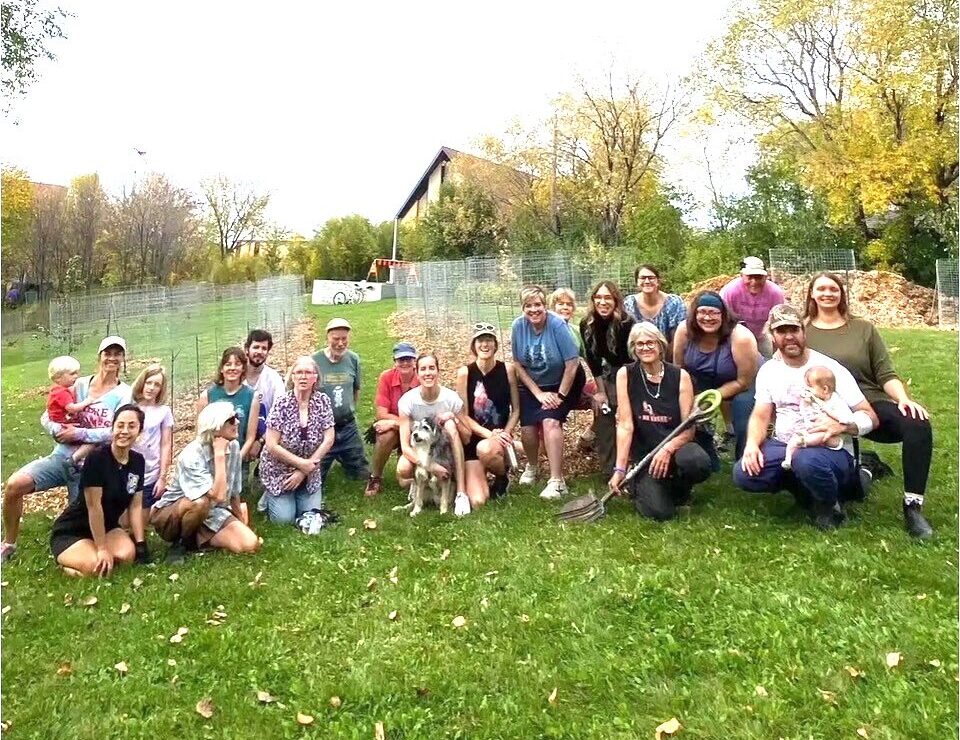
The provincial government’s decision to engage former MP Lloyd Axworthy to lead a two-year study on the feasibility of moving the CP rail yards is a sound move. The timing unfortunately is not good, and timing in politics is everything.
Prior to this latest initiative the previous NDP administration, near the end of its 16-year run in office, hired former Quebec Premier, Jean Charest, to conduct a relocation study. Charest was dumped by PC Premier Brian Pallister who decided this was not a priority.
We can expect a similar reaction after the next federal election as it appears all but certain that Conservative leader Pierre Poilievre will secure a strong majority and he too, like Mr. Pallister, will have priorities other than a rail relocation that has attached to it an estimated $2 billion price tag.
There would be a chance of rail relocation under a provincial NDP and federal Liberal government(s). With the way the political stars are aligning, there is almost no chance of government agreement on this big-ticket item.
Winnipeg Mayor Scott Gillingham professes support for rail relocation, but he has no significant financial support to offer such a move. His capital priorities, of the billion-dollar nature, involve widening Kenaston Blvd., and extending Chief Peguis Trail.
Having said all of this, studying this matter is appropriate, but I would not hold my breath that we are anywhere close to rail relocation. On the downside, the two-year study allows Mayor Gillingham to ‘rag the puck’ on any decision to replace the Arlington St. bridge. The predictable outcome in the near and mid-term is no rail relocation and no new Arlington St. bridge.
Yet again, the inner city suffers while suburban interests consume scarce infrastructure dollars. This is the history of Winnipeg over the past half century, and it shows no signs of abating.
Shifting from big ticket projects, we see the slow, but steady withdrawal of needed inner city supports. Wading pools are being closed in exchange for splash pads that don’t require staff. This affects all citizens, especially those in the inner city where these pools are the only summer swims that many children get.
School Trustee and Free Press columnist, Rebecca Chambers has written recently of the ‘pittance being given to downtown recreation while the south end is set to receive a $94 million recreation complex.’
Chambers also correctly pointed to the “morally destitute decision” to close Happyland Pool in the working-class neighbourhood of St. Boniface, even after citizens had banded together to raise the funds necessary to run the pool this past summer.
The challenges that Winnipeg faces are many and multi-faceted. Solutions to these challenges will not be found in adding more police officers or other emergency response staff. Housing renewal, rent-geared-to-income housing developments, comprehensive recreation options, these are priorities our inner city deserves. They are the only viable options if one wants to build or better put, re-build community.
The big and small-ticket decisions being made today will determine which way our city turns. Will it continue its long, slow but steady decline? Or will this be halted and reversed, through comprehensive support for Winnipeg’s oldest neighborhoods?

